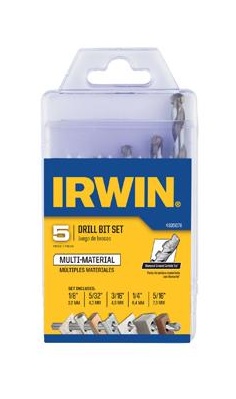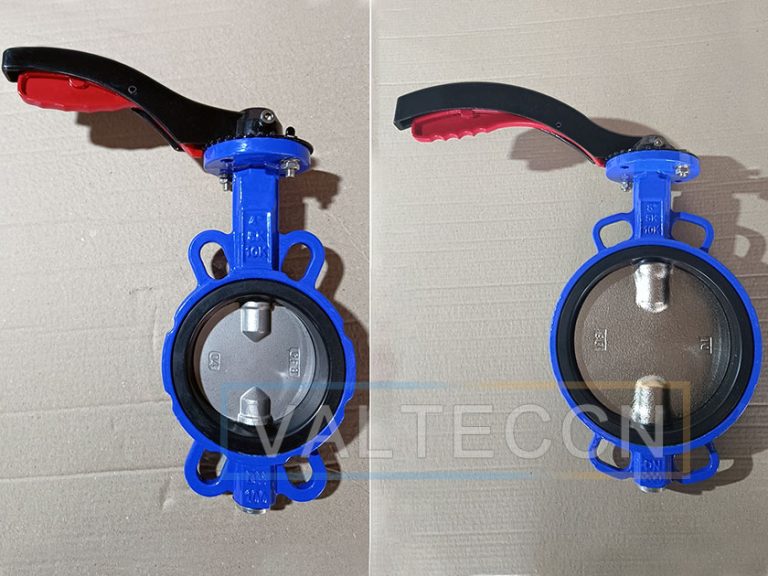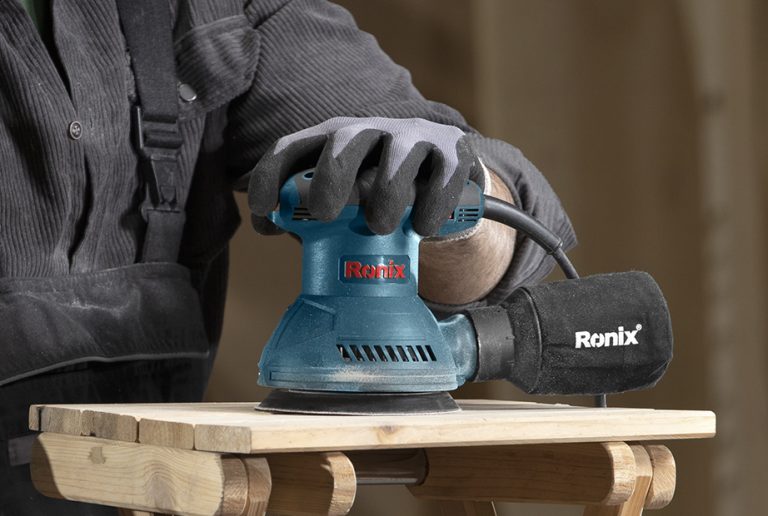Sound: Explaining Power and Pressure
Sound Power… When I hear that term all I can think of is the classic commercial Maxell®Sound made in 1983. I was only a year old when that commercial graced the presence of everyone’s TV. I did see it throughout the years and recall recording Casey Kasem’s Top 40 on Maxell cassettes. Then, in college it was a classic poster you would see around the dorms.
1(Maxell / Retrontario, 2009)
Needless to say, this does show sound power and sound pressure which is the point of this blog. This video however is not an industrial environment that most of us are accustomed to when worrying about the sound power / sound pressure within an environment.
If you observe the video above the speakers and the driver of the speakers is the generator of sound power. That is the energy rate emitted by a source. This power then begins to fill a space which is equivalent to the sound intensity. This is because the sound energy has a direction that is given to it, think of the speaker. The speaker gives the sound energy a vector to travel. Then when the vector hits surfaces that is the sound intensity.
This sound intensity can then be interpreted as the sound power transfer per unit of surrounding surface at a distance. This will then give the information needed to convert the information to the Sound Pressure level. This is the force of a sound on a surface area perpendicular to the direction of the sound.
With this information we can then observe the logarithmic unit (or value) used to describe the ratio of sound power, pressure, and intensity, the decibel. The decibel is what all industrial hygienists and safety personnel are concerned with. In the end, all of this is started at the point of power generation, when observing compressed air blowoffs, this is the exit point of air from the device. If you optimize the point of use device to use the least amount of compressed air and be the most efficient then the amount of sound power being generated and eventually being measured as decibels at an operator’s work station, then the result will be lower ambient noise levels.
If you would like to see any of the math behind these conversions (an amazing blog by our own Russ Bowman), click the link. If you want to discuss optimizing your compressed air operations and lower the noise level of the compressed air products in your plant, please contact us.
Brian Farno
Application Engineer
BrianFarno@EXAIR.com
@EXAIR_BF
Video Source: Classic Maxell Cassette commercial – Retrontario – https://www.youtube.com/watch?v=Zk71h2CQ_xM



